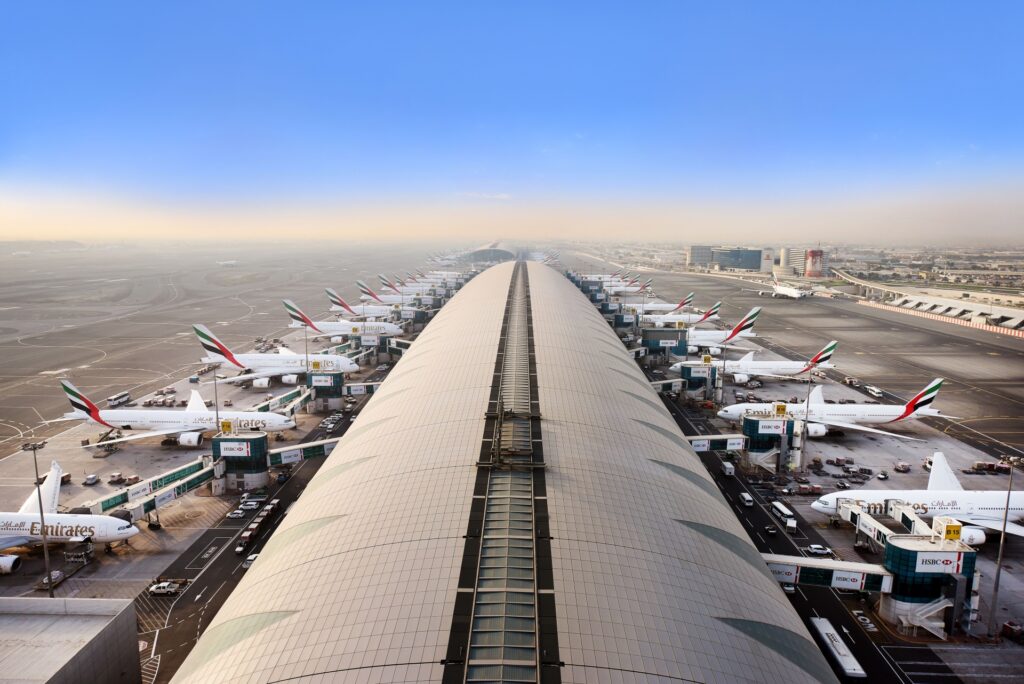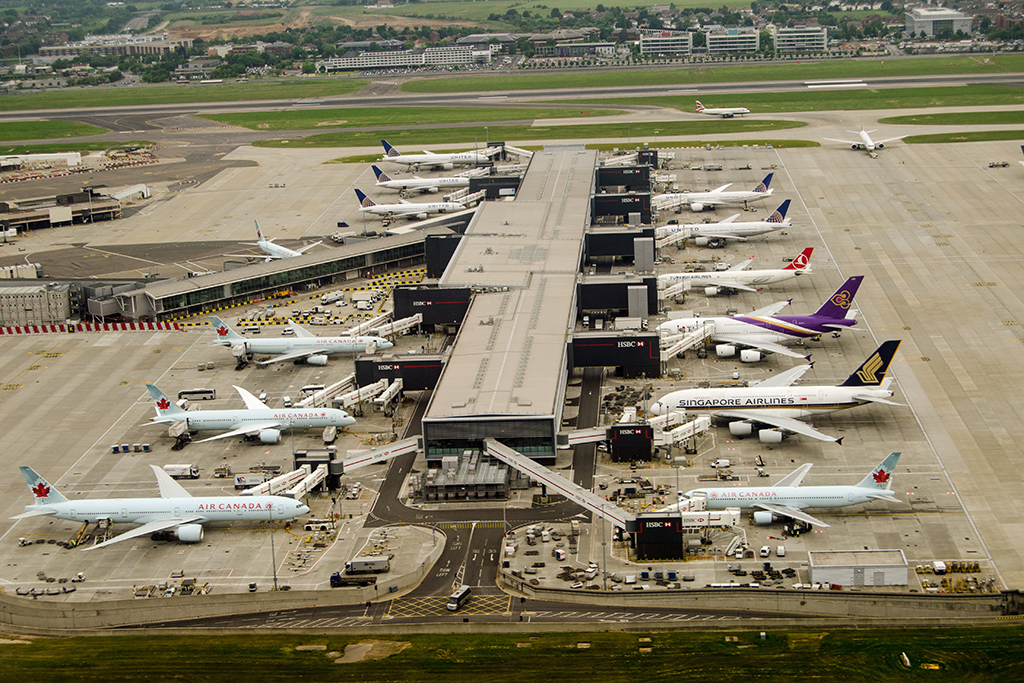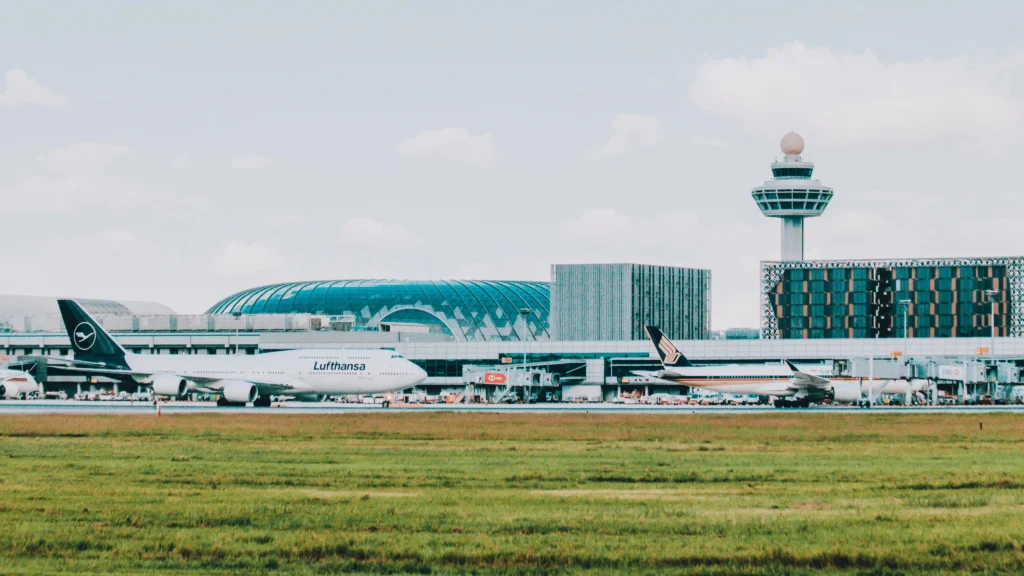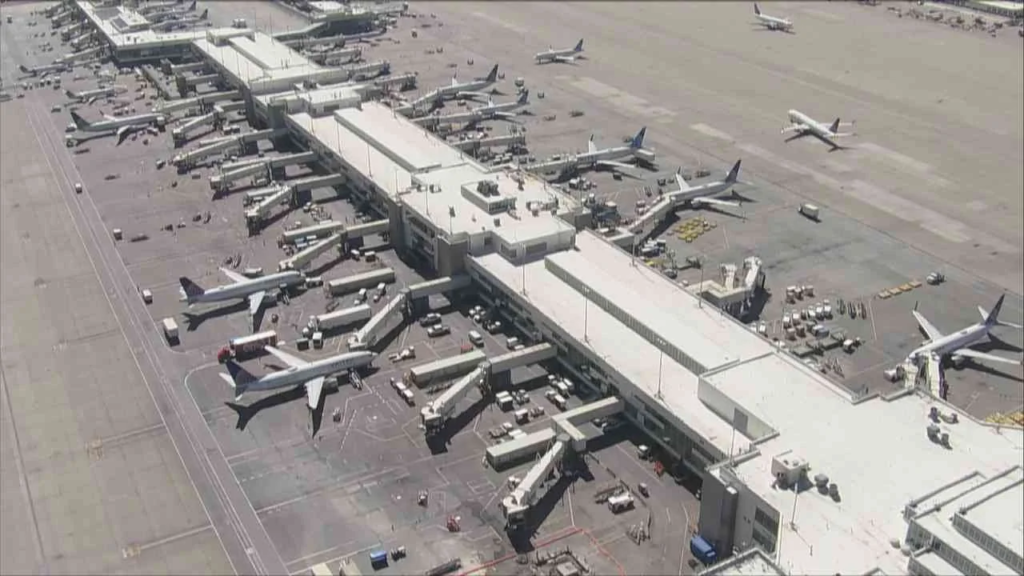
MONTREAL— The Airports Council International (ACI) World has unveiled its 2025 Edition of the Busiest World Airport Traffic Dataset, revealing record-breaking global air traffic data for 2024. Key highlights include a sharp rise in total passenger numbers and reshuffled global rankings for the busiest airports.
With over 9.4 billion passengers recorded, 2024 marked a full recovery and expansion beyond pre-pandemic levels. Major airports like Atlanta (ATL), Dubai (DXB), and Dallas/Fort Worth (DFW) led the global rankings, while new momentum came from Asia-Pacific and Middle Eastern hubs.
 Photo: Dubai International Airport
Photo: Dubai International AirportBusiest Airports in the World in 2025
Compiled from data reported by over 2,800 airports in 185+ countries, ACI’s annual dataset is the most comprehensive benchmark of airport performance. The 2024 edition highlighted a global passenger growth of 8.4% year-on-year, crossing 9.4 billion travelers, which is 2.7% higher than 2019.
Atlanta Hartsfield–Jackson (ATL) retained its top spot with over 108 million passengers, while Dubai International Airport (DXB) ranked second with 92.3 million, driven primarily by international passengers. Dallas/Fort Worth (DFW) jumped to third place, reflecting strong domestic growth in the United States (US).
 Photo: ACI
Photo: ACIOther key developments:
- Tokyo Haneda (HND) and London Heathrow (LHR) maintained strong positions at 4th and 5th respectively.
- Shanghai Pudong (PVG) rose dramatically to 10th position from 21st in 2023 — a 41% increase over last year.
- Istanbul Airport (IST) climbed 21 positions since 2019, now 7th globally with 80 million+ passengers.
The top 20 airports processed 1.54 billion passengers, comprising 16% of total global air traffic.
 Photo: Ferrovial Construction
Photo: Ferrovial ConstructionInternational Passenger Trends Show Strong Middle East and Asia Growth
In the international segment, Dubai (DXB) continued its dominance with the highest number of international passengers, followed by London Heathrow (LHR) and Incheon (ICN).
Dubai alone handled over 92.3 million international travelers, marking a 6.1% increase from 2023 and 7.0% up from 2019.
 Photo: ACI
Photo: ACIOther standout performers:
- Istanbul Airport (IST) surged to 6th place, driven by over 59% growth since 2019.
- Doha Hamad Airport (DOH) recorded 35.9% growth vs. 2019, rising to 10th in the world.
- Kuala Lumpur (KUL) and Taipei (TPE) also saw double-digit growth in international volumes.
On the European side, Amsterdam Schiphol (AMS) and Paris Charles de Gaulle (CDG) retained top-five positions, while Frankfurt (FRA) experienced a decline relative to 2019.
 Photo: Singapore Changi Airport
Photo: Singapore Changi AirportAsia-Pacific and Middle East Airports Drive Major Gains
Post-pandemic recovery was most evident in the Asia-Pacific and Middle East regions. Key observations:
- Incheon (ICN) showed a 26.7% YoY increase, reflecting Korea’s tourism and transfer rebound.
- Singapore Changi (SIN) recorded nearly 68 million total passengers, with a 14.8% annual growth.
- New Delhi (DEL) and Guangzhou (CAN) continued their rise, signaling India and China’s strong domestic demand.
Beijing (PEK) returned to the top 20 after a prolonged absence, with 27.4% growth YoY, although still 32.6% below 2019 levels.
 Photo: Denver Airport
Photo: Denver AirportU.S. Dominance in Domestic Passenger Movements
The United States contributed six airports to the global top 20 — Atlanta (ATL), Dallas/Fort Worth (DFW), Denver (DEN), Chicago O’Hare (ORD), Los Angeles (LAX), and New York JFK (JFK).
Most U.S. hubs remain domestic-focused, with JFK (JFK) being the exception — 56% of its traffic is international.
While LAX continues to decline relative to its pre-pandemic ranking (from 3rd in 2019 to 11th in 2024), other airports like Denver (DEN) and DFW gained prominence due to robust domestic demand.
 Photo: ACI
Photo: ACIGlobal Cargo Growth Driven by Supply Chain Shifts
Global air cargo volumes surged in 2024, with 127 million metric tonnes handled worldwide—marking a 9.9% increase from 2023.
The top 20 airports, including Memphis (MEM), Shanghai Pudong (PVG), and Anchorage (ANC), collectively managed 52.2 million tonnes, up 10.8% over 2019 levels.
Key contributors to this rebound include rising e-commerce, jet fuel cost declines, and increased reliability concerns along maritime routes. Hong Kong International Airport (HKG) retained its #1 rank, while Dubai International (DXB) saw the biggest jump, climbing six places to 11th.
Air freight experienced a strong rebound in 2024 as global logistics shifted away from unstable maritime routes toward faster, more reliable air networks. Hong Kong International Airport (HKG) maintained its position as the world’s top cargo airport, handling 4.94 million metric tonnes—a 14.1% rise from 2023.
Shanghai Pudong (PVG) followed with 3.78 million tonnes, reflecting China’s pivotal role in global manufacturing and exports.
In contrast, Memphis International Airport (MEM), a hub for FedEx Express (FX), recorded a slight decline of 3.3%, dropping its annual volume to 3.75 million tonnes, primarily due to normalization in express cargo demand post-pandemic.
 Photo- Toshi Aoki – JP Spotters; Wikimedia Commons
Photo- Toshi Aoki – JP Spotters; Wikimedia CommonsStandout Performers and Major Shifts
Dubai International Airport (DXB) surged from 17th to 11th place, handling 2.18 million tonnes—up 20.5% year-over-year. This significant gain underscores the Middle East’s growing role as a global logistics hub.
Meanwhile, Istanbul Airport (IST) was the fastest-growing in percentage terms, leaping from 47th in 2019 to 17th in 2024 with a 289.6% increase in volume.
Anchorage (ANC), which acts as a vital stopover for trans-Pacific cargo flights, also recorded robust growth, rising 9.4% year-over-year and 34.7% above its 2019 performance. Miami (MIA), crucial for Latin American trade, handled 2.75 million tonnes, up 31.6% from pre-pandemic levels.
 Seoul Incheon Airport; Photo- Wikipedia
Seoul Incheon Airport; Photo- WikipediaRegional Insights and Capacity Recovery
Asia-Pacific airports dominated the rankings, holding 7 of the top 10 spots, driven by strong manufacturing bases and booming e-commerce.
Incheon (ICN), Taipei (TPE), and Singapore Changi (SIN) each saw moderate gains, with SIN rising 14.1% over 2023.
The United States accounted for the highest number of airports in the top 20 (seven in total), including Chicago O’Hare (ORD), Louisville (SDF), and Cincinnati (CVG). Notably, CVG experienced a 10.8% decline from 2023 but remained nearly 50% above its 2019 volume.
Jet Fuel Prices and Air Freight Cost Competitiveness
Lower jet fuel prices in 2024 enhanced the economic viability of air freight for high-value, time-sensitive cargo. This trend, combined with increased demand for express services, helped bolster cargo throughput across multiple global hubs.
Frankfurt (FRA), Paris Charles de Gaulle (CDG), and Tokyo Narita (NRT) all posted modest gains or maintained stable throughput compared to 2023.
 Photo: ACI
Photo: ACISupporting Aircraft Movement Trends
Aircraft movements reached 100.6 million globally in 2024, growing 3.9% from the previous year and recovering to 96.8% of 2019 levels.
The top 20 airports recorded 11.08 million movements, a 5.4% year-over-year increase.
Shanghai Pudong (PVG) notably climbed 10 places to become the 8th busiest airport for movements, reinforcing its role as a dual cargo and passenger powerhouse.
Stay tuned with us. Further, follow us on social media for the latest updates.
Join us on Telegram Group for the Latest Aviation Updates. Subsequently, follow us on Google News
Top 10 Busiest Airports in the US in 2025, No.7 Will Surprise You
The post Busiest Passengers and Cargo Airports in the World in 2025 appeared first on Aviation A2Z.






![Groził dwóm małym chłopcom, iż ich zabije. Przyłożył nóż do twarzy jednego z nich [WIDEO]](https://storage.googleapis.com/bieszczady/rzeszow24/articles/image/628c6d9b-31c6-44f7-b444-6563ed9920aa)



